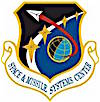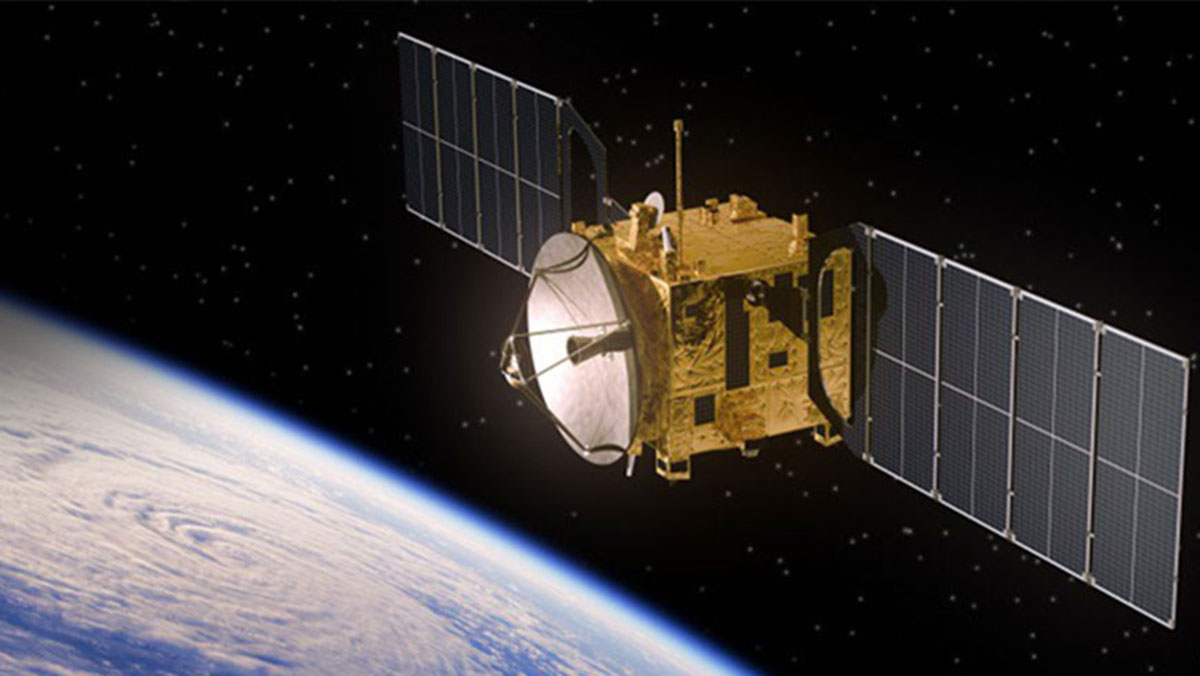 Air Force Space Commander Gen. John Hyten
Air Force Space Commander Gen. John HytenSince Gen. John E. Hyten assumed leadership of Air Force Space Command in August 2014 he has been wrestling with a host of challenges including delays in the modernization programs for the GPS space segment and GPS military user equipment.
Since Gen. John E. Hyten assumed leadership of Air Force Space Command in August 2014 he has been wrestling with a host of challenges including delays in the modernization programs for the GPS space segment and GPS military user equipment.
Moreover, this summer, the Air Force declared a critical Nunn-McCurdy breach for the Next Generation Operational Control System (OCX), the new GPS ground system. This determination that the OCX development effort is running seriously beyond its planned budget boundaries means cancellation of the program is now automatic unless Secretary of Defense Ashton Carter certifies to Congress the necessity for OCX and describes how the Pentagon will bring its costs and schedule back in line.
With the fresh start of a new federal fiscal year just weeks away, Gen. Hyten wrote about the plans he has for the GPS program in response to a series of questions from Inside GNSS.
Inside GNSS: What goals do you want to see the GPS program achieve over the coming fiscal year? What factors could impact the GPS program’s chances of achieving those goals?
Gen. Hyten: My main goal this next year is stabilizing modernization of the GPS Enterprise. GPS is a worldwide enabler that billions of users depend on, and it’s critical to keeping the United States in the forefront of position, navigation, and timing (PNT) services across the globe. To do that, we need to get OCX through the Nunn-McCurdy process. Once the Department makes its decision on the way forward, we’ll need to move out smartly on a supportable baseline.
On the space side, the GPS III satellites are moving closer to launch availability. We have a few technical issues to sort through, but that’s to be expected on a first-of-a-line satellite. I was very encouraged with GPS III Space Vehicle-1 successfully completing thermal-vacuum testing in just two and half months. That’s quite a feat for a first article. We’re also moving forward this next year toward the full production of GPS III; so, it’s really important that we lock in the requirements and set to give it a solid foundation.
I shouldn’t forget about GPS User Equipment. We have a big acquisition milestone coming up in October and are working through some tough challenges to get Military-Code (M-Code), the most secure anti-jam & anti-spoof navigation and timing capability ever provided, delivered to the Services. It’s vital to delivering reliable military GPS capability to the Services.
A critical factor for all these programs is a stable budget picture that will ensure we can accomplish all of this next year and set us on a path for success. An equally important goal in achieving modernization is taking care of our people. Air Force Space Command has some of the world’s preeminent experts in PNT supporting the program. GPS is a “global utility” and, while we have some tough challenges ahead of us, my entire government and contractor team is incredibly committed to the mission. I’m equally committed to providing them the tools and support they need to be successful.
Inside GNSS: The Air Force has put contingency plans into place in case the OCX system, as now envisioned, cannot be completed successfully. What is the long-term plan if the current OCX program cannot be fully executed? Must the Air Force start over on developing a new ground system or are those contingency plans potentially the foundation for a permanent solution?
Gen. Hyten: It would be premature for me to speculate on long-term plans based on a final decision on OCX. I can say that the Air Force has already made the decision to implement GPS III Contingency Operations (COps) to mitigate OCX delays. Our work on this COps capability is in parallel with OCX Block 0. It will allow Air Force Space Command to launch and fly the GPS III constellation at a capability level commensurate with GPS IIF and maintain constellation reliability. We expect OCX Block 0 delivery by May 2017 and COps delivery by April 2019.
Inside GNSS: Efforts to speed development of new M-code capable cards for the Military GPS User Equipment (MGUE) program have hit some snags. What changes, if any, is the Air Force considering for the MGUE program?
Gen. Hyten: The basic strategy of the MGUE program is not changing. We are working closely with our industry partners, L-3, Raytheon, and Rockwell Collins, in a competitive marketplace environment to deliver next-generation, secure M-Code capability. We’ve put a lot of emphasis in testing our prototypes to characterize performance and provide feedback to industry. The Air Force is also working hard with the services to ensure a common understanding of requirements for Increment 1, our first delivery, and to support integration into lead weapon system platforms across the Department of Defense.
Inside GNSS: What changes, if any, is Space Command considering for the GPS III program — perhaps to reflect program shifts, take advantage of technological advances, or to address the evolving threat to space assets?
Gen. Hyten: The program to acquire GPS III Space Vehicles 1–10 has indeed adapted to new technological developments such as upgraded solar arrays and Li-Ion batteries. In the next block of GPS III satellites (Space Vehicles 11–32), Air Force Space Command remains committed to delivering unparalleled space-based position, navigation and timing services, and will assess the evolving threats, generate requirements responsive to meet those threats, with balance against the reality of ever-tightening budgets. We recently also began a Production Readiness Feasibility Assessment to better understand if industry has production ready designs to meet our requirements.
Inside GNSS: There has been interest expressed in the past about incorporating the signals of non-GPS satellite navigation constellations into military user equipment and operations. Where does work on that idea stand and what kind of potential do you see for this concept?
Gen. Hyten: Incorporating the capability to track signals from other Global Navigation Satellite Systems (GNSS) into military user equipment provides the possibility of improving resilience to jamming, spoofing, and operations in obstructed terrain. The challenge for Air Force Space Command would be ensuring the integrity of the foreign signals.
There is extensive work going on within the GPS community to develop approaches to assess multi-GNSS integrity. The Department of Transportation is taking the lead on the main effort, known as Advanced Receiver Autonomous Integrity Monitoring (ARAIM), with support from the Space and Missile Systems Center (SMC) and PNT experts from academia. Once the technical aspects are well understood, the Command will ensure that potential approaches are communicated and coordinated throughout the PNT community.






